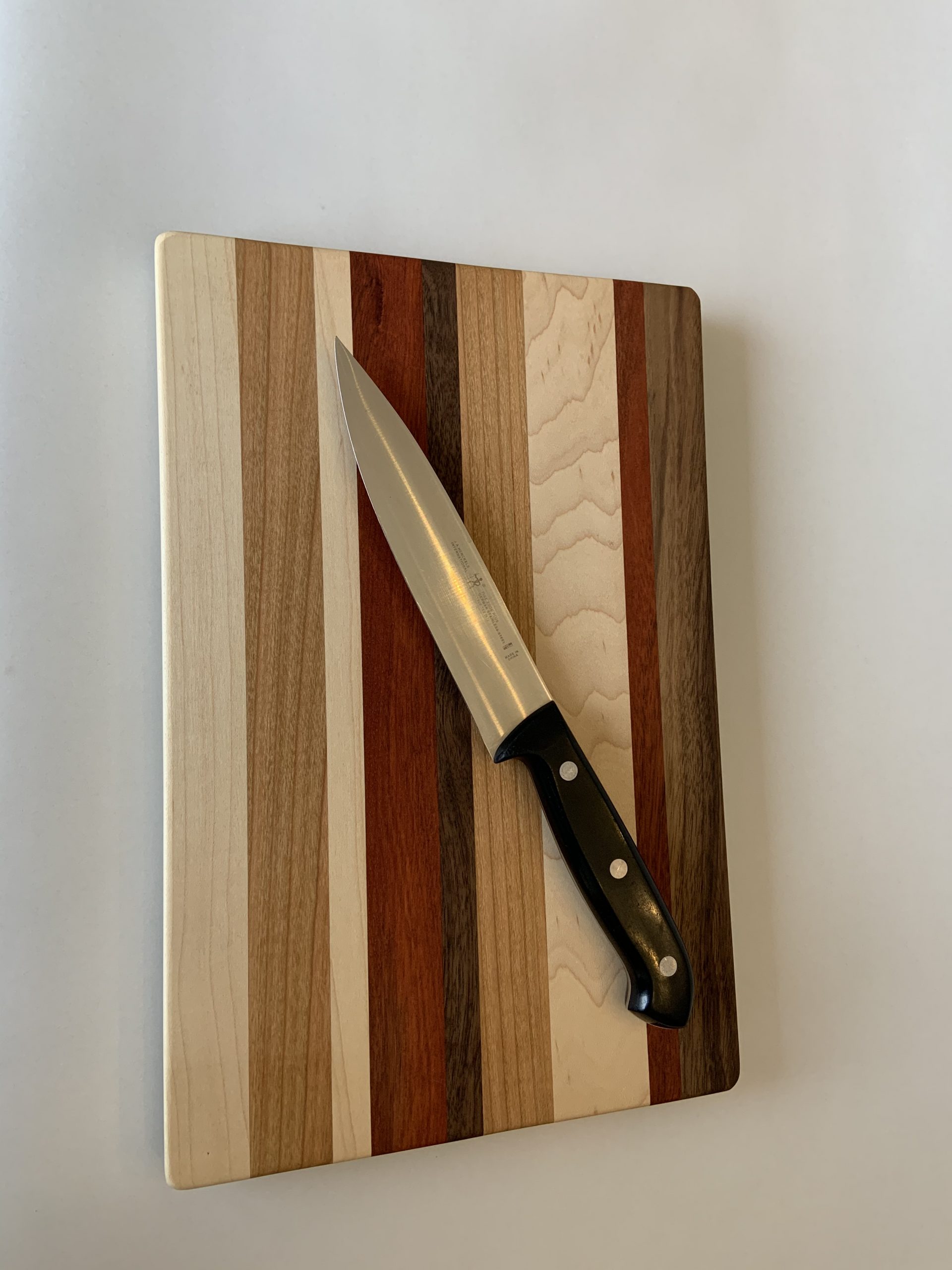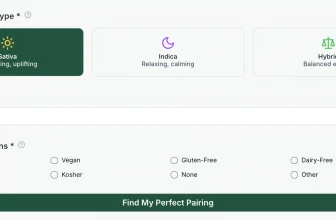
You don’t have to be the Iron Chef to know what’s important in your kitchen. You get that the cutting board is where a lot of the action happens.
Even if you’re only huddled over your cutting board for an average of 5 minutes per day, it adds up: that’s over 30 hours per year.
That’s 82 episodes of Seinfeld. The drive from DC to New York 7 times. The hold time for your internet tech support.
So today, we cover what a cutting board is and how to find one that will give you 30+ hours of pure joy as you try out different edible recipes or prepare cocktail ingredients to add to your favorite liquor. We’ll look at the aesthetics, cleanliness, and size to narrow down your choices to the right one.
How to Pick a Cutting Board: Factor to Consider
Here’s a general list of considerations to take into account:
- How knife-friendly is it? A hard cutting board will dull those beautiful knives.
- How sanitary is it? Is it dishwasher safe, or does it require scrubbing?
- Does it need conditioning? Some cutting boards require wood oil.
- How expensive is it?
- Will it last a long time?
- How big do you need it to be?
To make life easy you should buy our Handmade Wooden Cutting Board.Wooden Cutting Board quantity.
Wood Grain Styles
When it comes to wood cutting boards, you have two options:
Edge Grain
This type of cutting board is made from wood cut along the grain so long lines are visible across it. These types of boards will take knife damage more easily since the fibers aren’t flexible.
End Grain
An end grain cutting board is made from pieces of wood cut across the grain, so you see rings of the wood. These are made from many pieces of wood fused together, usually several inches thick. End grain cutting boards are more expensive and more vulnerable to moisture than end grain boards. Because it can absorb more moisture, it is also more hospitable to bacteria. This becomes more of a problem if it stays wet and small cracks form. Conditioning it with mineral oil will prevent this from happening, however. It’s also easier on knives.
Hardwood Cutting Boards
You can find solid wood cutting boards made of cherry, maple, oak, and other hardwoods. They’re long-lasting, safe, and easy on your knife blades. They also vary widely in price, from $20 to several hundred bucks. Hardwoods are also denser, which means lower porosity, which means less opportunity for moisture and bacteria to penetrate the wood. Note that you cannot put a wood cutting board in the dishwasher — it will be ruined.
Bamboo Cutting Boards
These are less expensive and made from bamboo, a glorified grass. Bamboo cutting boards are lightweight and can last a long time with proper care. They range from around $10 to nearly $150. These also come in edge- and end-grain styles, with end-grain being more expensive. And because bamboo is denser than wood, be aware that bamboo will dull your knife. Treat it as you would a wooden cutting board.
Plastic Cutting Boards
You won’t leave your plastic cutting board out to impress guests, but hey, it will get the job done! These are affordable, easy to care for, and gentle on your knife blades. They’ll set you back between $10 and $100. You can sense there’s a “but” coming: plastic cutting boards are great, but they won’t last as long as wood. Wood self-heals; plastic keeps its damage forever. And with more grooves on the board’s surface, there are more spots for bacteria to move in and start a family. Also, some plastics like high-density polyethylene (HDPE) are stronger than standard PE. Replace your plastic cutting board when you see lots of knife scars on it. It’s time to get a new one when it starts to get that tennis ball texture.
Composite Cutting Boards
For some, the composite — also known as Epicurean — cutting board is the best of all worlds. Epicurean boards are made of a paper composite called Richlite. While these won’t baby your knives quite like a wood cutting board, they’re safe to throw in the dishwasher. You’d also have to work pretty hard to stain one. Don’t worry about oiling them, either. They range from about $20 to $60.
Pro Tip: Avoid Stone Cutting Boards
If you opt for a marble, granite, Corian, or quartz cutting board, you’re asking for trouble. Every time your knife blade hits it, it’s chipping and dulling it down.
More Pro Tips
Here’s how to use your cutting boards more effectively:
Don’t Limit Yourself to Just One
It’s wise to have different cutting boards for meats, veggies, fish, poultry, etc. You can color-code these, if possible.
Use a Range of Sizes
It’s nice to have smaller cutting boards for quick jobs and larger ones when you need them. Keep them arranged to grab the right size quickly.
Opt for Rubber Feet
You can avoid your cutting boards sliding around by choosing boards with rubber feet. If you don’t have rubber feet, lay a damp towel underneath them.
Tall People Should Choose Tall Boards
Get a thicker board to keep your work surface higher and reduce back strain if you’re tall.
Look for the Juice Groove
If you’re tired of dripping liquids onto the countertop, find a cutting board that includes a juice groove. This is a long groove running around the board’s perimeter that catches liquid before it drips over the edge.
Handles Aren’t Necessary
You really aren’t going to benefit from handles on your cutting board — at least, you’ll dislike them more than you’ll like them.
Flexible Boards Have Their Merits
While they’re not great for longevity, you can use flexible cutting boards to funnel liquids and other tasks.
Cleaning Tips
Make sure to prep your food in the correct order: vegetables and fruits, then meats/fish/poultry.
Clean the board frequently, particularly right after cutting meats/fish/poultry. This makes it easier to clean and gives bacteria less opportunity to take hold. Dry it occasionally.
Occasionally, you should sanitize your cutting boards with bleach. Rinse it thoroughly afterward.
Enjoy!
Your cutting board, properly cared for, can give you many years of service. Make your kitchen a better place to be by choosing the right one and taking care of it. Check out our guides page for more great ideas.






